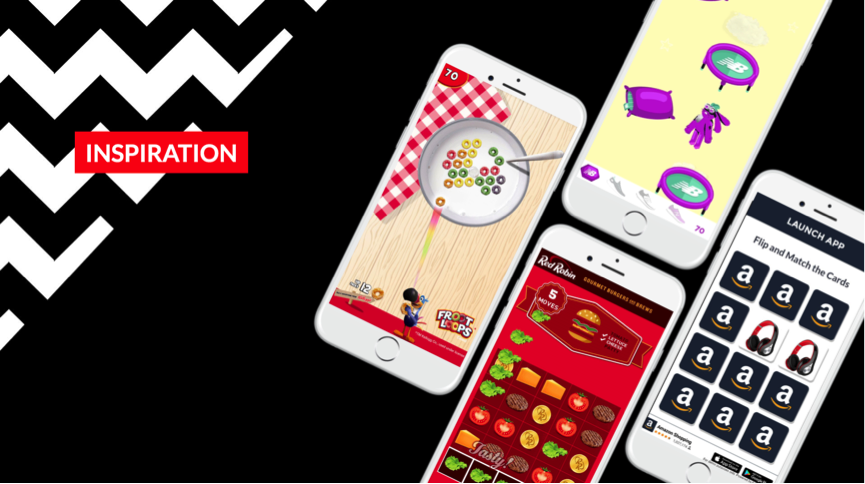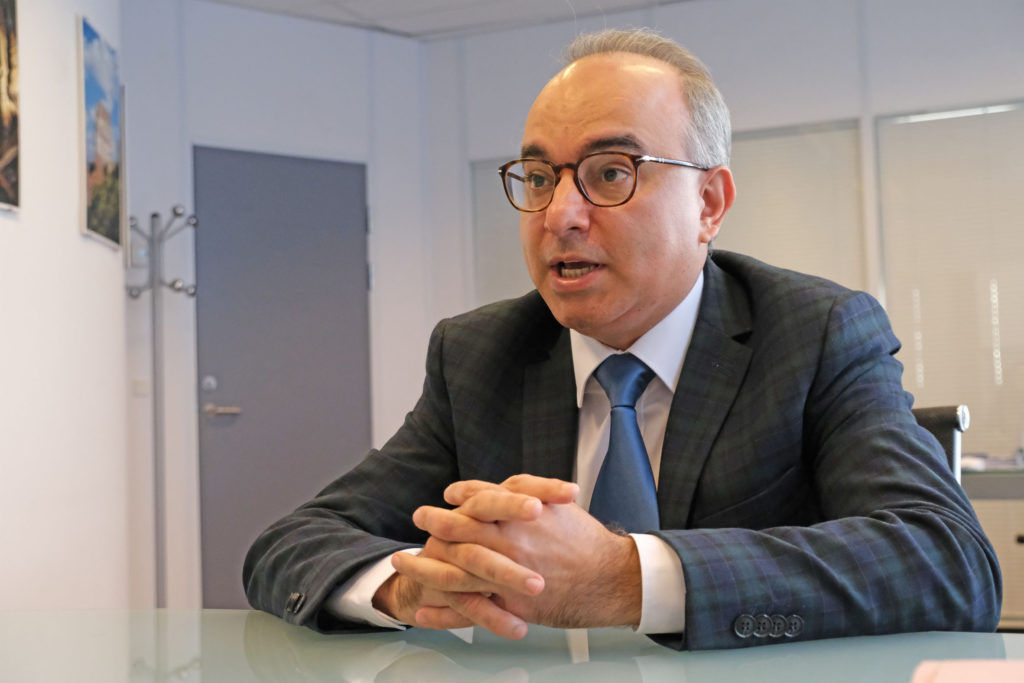Cartoons have been around for centuries, and even in the midst of a robustly evolving age of information and technology, their effect is still undeniably significant. Today’s world offers a variety of methods to communicate with people, yet cartoons remain one of the best visual communication tools out there.
VISU.AL and Greenhouse Cartoons, a 2D animation and illustration studio based out of South Africa, have partnered successfully over the years on a number of projects for various clients around the world. Greenhouse started in 2008. Gerhard Cruywagen, with his background in graphic design, and Melanie Cruywagen, with her project management skills, teamed up to create a distinct approach to the characters, story, communication, and humour that go into cartoons.

With the support of a thriving creative community all over South Africa, the Greenhouse gang now creates everything from commercial animation, educational videos, explainer videos, training videos, whiteboard animation, and much more.
So what makes cartoons so compelling as a communication tool?
Cartoons Are Universally Entertaining
Unlike many forms of communication, they transcend language barriers. The humour in cartoons— and particularly in the Greenhouse productions —is something that people of all ages and backgrounds can relate to.
As Gerhard and Melanie note, the illiteracy rate in South Africa is fairly high. Cartoons cut right through those reading barriers to communicate a message in a fun way. It’s truly a universal method of communication.
In this video, for example, Greenhouse created a character that almost anyone can relate to, so it’s easy to follow and the message comes through clearly. They promote an active lifestyle in an entertaining way.
It’s hard not to find the little green character cute!
Cartoons Tell a Story
If there’s anything that gets through to the human species, it’s a good story. And in order for any brand to be successful, they must be able to tell a narrative that their consumers can connect with.
Cartoons present an opportunity to create characters that enable the viewer to more easily see themselves in a narrative. They can make even the most boring and hard-to-relate concepts compelling.
This video introduces an online portal to South Africans to access National Treasury data.
This information would be far less interesting if it were presented, if it were written out or even explained by someone talking directly to a camera. But because it’s presented in this cartoon format, the viewer finds the story of a National Treasury data portal more interesting.
“Half of our jobs here are to create a story and characters from scratch,” says Gerhard. The creative process for cartoons is not just the sketching itself, but creating a narrative and characters to carry that narrative. In that way, the work of Greenhouse Cartoons is incredibly valuable, not just for their visually appealing cartoons, but for their storytelling ability.
Cartoons Can Educate
The ability to both tell stories and entertain gives cartoons great potential to empower viewers with knowledge.
Greenhouse Cartoons has created videos to teach school children, videos for businesses to train staff, and videos to explain campaigns or concepts to the public. “I’d say about 40 to 50% of our work is educational videos,” Gerhard says.
This video was created for an organisation to educate Xhosa children in the Eastern Cape about basic nutrition.
Cartoons are a great way to both educate and captivate users.
Cartoons Have Impact
Perhaps the most powerful element of cartoons is that they can create a reaction and truly resonate with people. Cartoons can be edgy and controversial, but most importantly they can be memorable.
Greenhouse has also done cartoons for political organisations. This is a video that took a controversial stance on proposed toll roads in a northern province of South Africa.
Brands and organisations that want to get people talking can certainly accomplish that with cartoons.
“You should be able to laugh at most things and you should be able to sit and discuss,” says Gerhard, “[Cartoons] are a memorable approach. If it looks like a normal corporate video, people get bored. We encourage our clients to pursue the more controversial route but they can be scared to do it. People end up laughing and remembering our work and we tend to have happy returning clients.”
So Why 2D and Not 3D?
According to Gerhard, there will always be a need for 2D animation. 2D cartoons are more affordable and take less time to produce than 3D.
With 3D animation, artists are limited to what the software can do. With 2D animation, there’s a lot more room for creativity. This is why many of the artists with Greenhouse Cartoons always start on paper.
“Everyone can use 2D animation,” Gerhard says, “but if someone wants something generic, we’re not the people for them. We don’t do clinical.”
The Process
Greenhouse takes three things into consideration when creating an animation: the budget, the information, and how to make it funny. Their approach can vary dramatically depending on the needs and budget of a client.
“Because we’re so flexible with budgets, we do a lot of NGO work. We also work with a lot of creative agencies and ad agencies, and we have corporate clients and university clients of our own,” says Melanie.
Greenhouse helps the client feel involved throughout the process. They’ll start by setting a deadline and then schedule milestones based on that deadline. “At each milestone, the client has a chance to speak up about the production,” Melanie says.
After discussing the client’s needs and showing them different creative styles, Greenhouse then pairs them with the right artist. Then they bring the client’s message to life with creative characters, a story, and animation.
Conclusion
Humour is a good way to connect with just about any audience. Cartoons not only provide that humour and entertainment to a brand or organisation’s message but they also visually deliver the message in a way that has more impact on an audience. This creative medium is a powerful way to be seen and grow your brand. As we’ve been involved in hundreds of productions for client campaigns, contact us to have a chat about your requirements and desired outcomes




